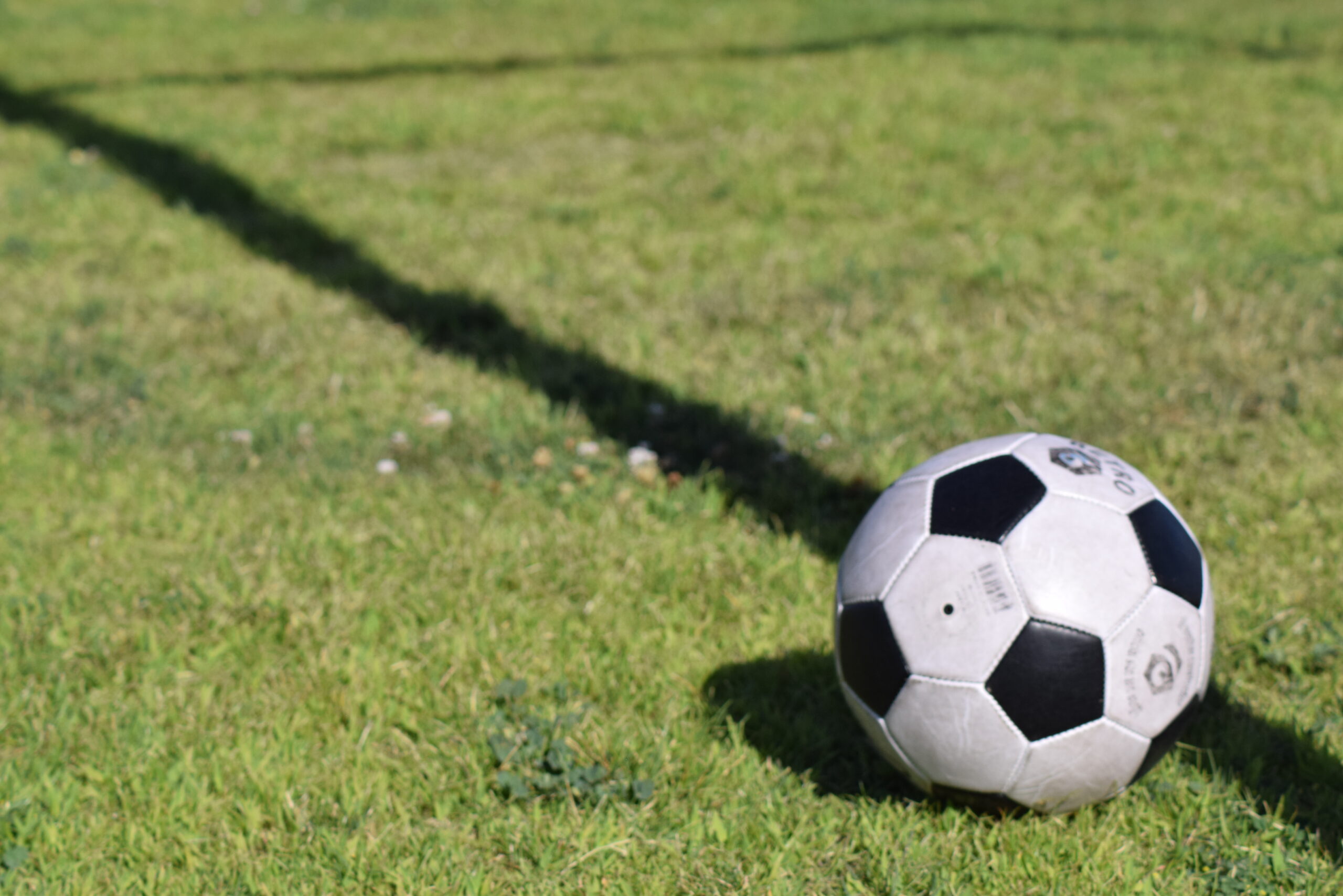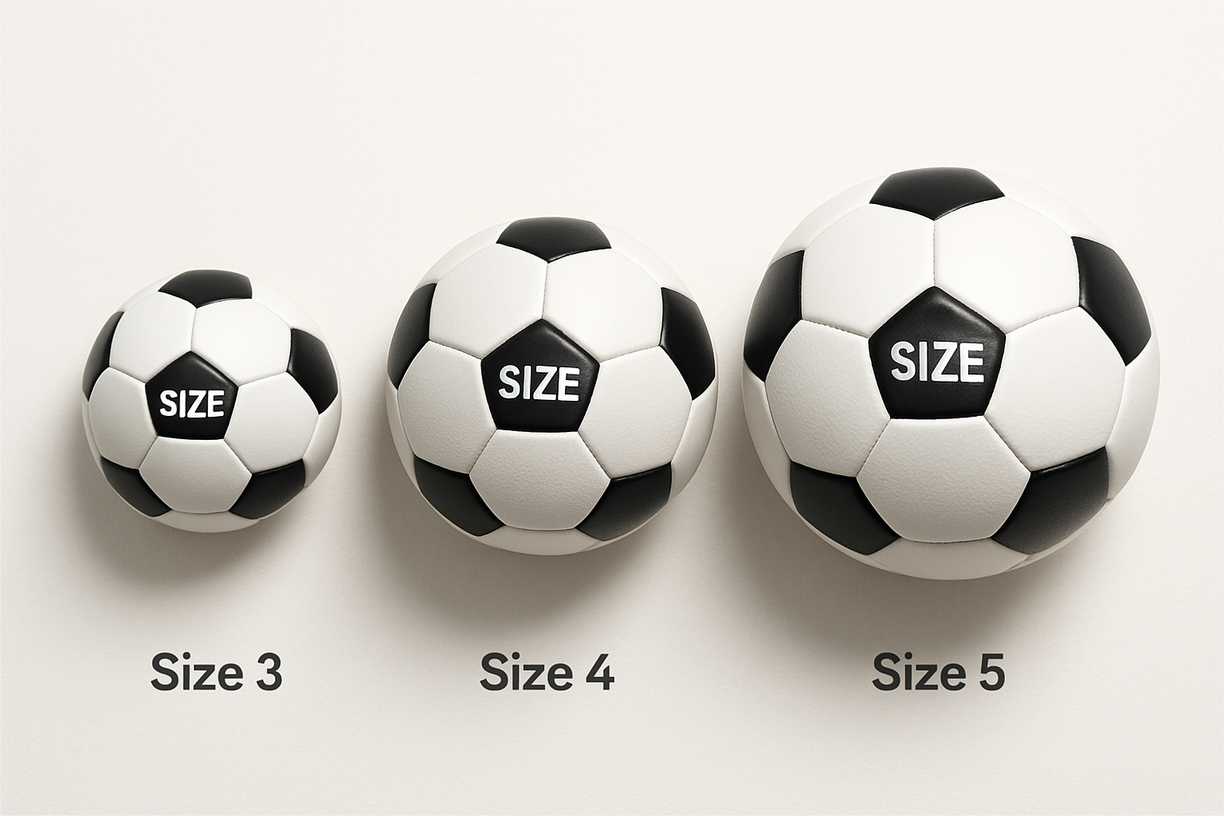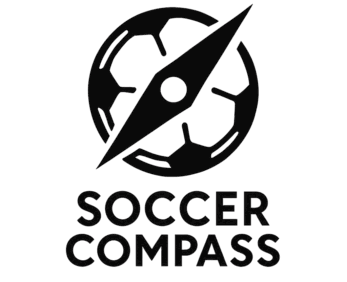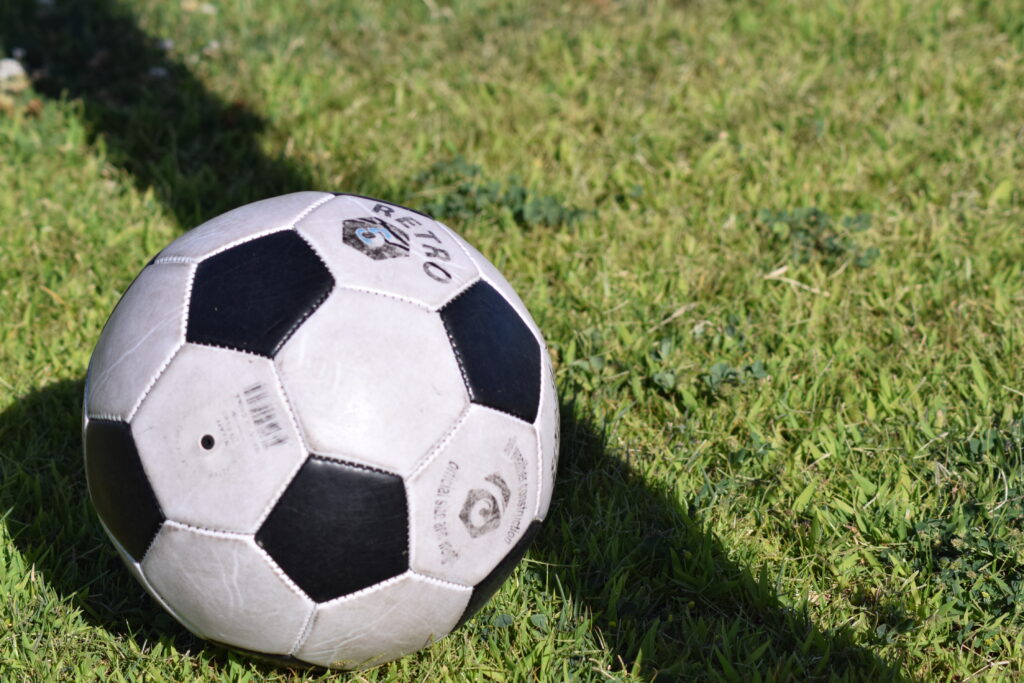The Complete Parent’s Guide
The Soccer Ball Dilemma Every Parent Faces
Picture this: You’re standing in the sports store, surrounded by dozens of soccer balls…
And you have no idea which one is right for your child.
Here’s the thing: Choosing the wrong soccer ball can actually hurt your child’s development, safety, and enjoyment of the game.
But here’s what most parents don’t realize: Soccer ball selection isn’t just about picking the prettiest design or the cheapest option.
The truth is: Age-appropriate soccer ball selection directly impacts your child’s ability to learn proper technique, build confidence, and avoid injury.
Why Soccer Ball Size Matters More Than You Think
Let me ask you this: Would you give a toddler a regulation basketball to learn with?
Of course not.
Here’s why the same logic applies to soccer balls:
When children use balls that are too large or too heavy for their age, several problems occur:
- Poor foot-to-ball contact leads to bad habits
- Increased risk of injury from oversized equipment
- Frustration and decreased confidence
- Slower skill development
The bottom line: The right soccer ball acts as a foundation for everything your child will learn in soccer.

Official Soccer Ball Size Guide by Age
Here’s the breakdown every parent needs to know:
Size 1 Soccer Balls (Ages 2-4)
What you need to know:
- Circumference: 18-20 inches
- Weight: 7-9 ounces
- Perfect for: Toddler introduction to soccer
Why this matters: Size 1 balls help toddlers develop basic motor skills without overwhelming them with a ball they can’t control.
Official sizing standards come from FIFA regulations and are endorsed by US Youth Soccer.
Size 2 Soccer Balls (Ages 4-6)
Here’s what’s important:
- Circumference: 20-22 inches
- Weight: 9-10 ounces
- Perfect for: Preschool and early elementary players
The key insight: This size bridges the gap between toddler play and structured soccer learning.
Size 3 Soccer Balls (Ages 6-12)
Now we’re getting serious:
- Circumference: 23-24 inches
- Weight: 11-12 ounces
- Perfect for: Elementary and middle school recreational soccer
What experienced coaches know: Size 3 is where real skill development begins. This is the most important soccer ball purchase for young players.
Size 4 Soccer Balls (Ages 12-16)
Here’s where things change:
- Circumference: 25-26 inches
- Weight: 12-13 ounces
- Perfect for: Middle school and early high school players
The transition truth: Moving to Size 4 represents a significant step toward adult soccer.
Size 5 Soccer Balls (Ages 16+)
The final destination:
- Circumference: 27-28 inches
- Weight: 14-16 ounces
- Perfect for: High school, college, and adult soccer
Important note: This is regulation size for all official matches from high school onwards.
Material Matters: What to Look For
Here’s something most parents overlook: Soccer ball construction directly affects durability, performance, and safety.
Synthetic Leather vs. Genuine Leather
The modern reality:
- Synthetic leather: More durable, weather-resistant, consistent performance
- Genuine leather: Traditional feel, but requires more maintenance
Expert recommendation: Synthetic leather wins for youth players due to durability and all-weather performance.
Bladder Types Explained
What’s inside counts:
- Butyl bladders: Superior air retention, recommended for serious players
- Latex bladders: Better feel and response, but require more frequent inflation
The practical choice: Butyl bladders are ideal for recreational players and busy parents.
Safety Considerations by Age Group
Let’s talk about something crucial: Youth soccer safety starts with proper equipment selection.
For Younger Players (Ages 2-8)
Safety priorities:
- Softer construction to prevent injury
- Appropriate weight to avoid strain
- Bright colors for visibility
The American Academy of Pediatrics emphasizes proper equipment sizing for injury prevention.
For Older Players (Ages 9+)
Advanced considerations:
- Regulation construction for skill development
- Weather-appropriate materials
- Durability for frequent use
Professional insight: As players advance, ball quality becomes increasingly important for proper skill development.
Budget-Friendly vs. Premium: When to Invest
Here’s the honest truth: You don’t always need the most expensive soccer ball.
When to Choose Budget Options
Smart savings scenarios:
- Recreational play only
- Very young players (under 6)
- Backup balls for practice
When to Invest in Quality
Worth the investment:
- Serious competitive players
- Frequent use (daily practice)
- All-weather outdoor play
- Players focusing on skill development
The experienced parent’s secret: Mid-range balls often provide the best value for most youth players.

Top Soccer Ball Recommendations by Age
Based on expert reviews and parent feedback:
Best for Ages 2-4
Top choice: Size 1 soft foam or low-pressure balls
Why: Safety and confidence building are priorities
Best for Ages 4-8
Recommended: Size 3 synthetic leather recreational balls
Key features: Durability and proper sizing for skill development
Best for Ages 8-12
Premium option: Size 3 match-quality synthetic balls
Investment rationale: Critical skill development years
Best for Ages 12+
Professional recommendation: Size 4-5 FIFA-approved balls
Long-term value: Regulation equipment for competitive play
Common Soccer Ball Buying Mistakes
Here’s what to avoid:
Mistake #1: Buying Based on Appearance Alone
The problem: Cool designs don’t equal performance or safety
The solution: Prioritize size, weight, and construction over graphics
Mistake #2: Choosing Adult Balls for Children
Why this hurts: Oversized equipment prevents proper skill development
The fix: Always follow age-appropriate sizing guidelines
Mistake #3: Ignoring Playing Surface
The oversight: Indoor and outdoor balls have different requirements
Smart approach: Consider where your child plays most often
Maintenance Tips for Longer Ball Life
Here’s how to protect your investment:
Proper Inflation
The golden rule: Check pressure weekly, maintain manufacturer specifications
Pro tip: Under-inflation causes more damage than over-inflation
Storage Guidelines
Best practices:
- Store indoors when possible
- Avoid extreme temperatures
- Keep away from sharp objects
For detailed equipment care guidelines, check resources from Safe Kids Worldwide.
Cleaning and Care
Simple maintenance:
- Wipe clean after muddy games
- Use mild soap for deep cleaning
- Allow complete drying before storage
When to Replace Your Soccer Ball
Here are the warning signs:
Performance Issues
- Loss of shape or roundness
- Inability to hold air pressure
- Uneven bounce or flight patterns
Safety Concerns
- Visible wear or cracking
- Exposed bladder or inner materials
- Rough or sharp surfaces
The safety rule: When in doubt, replace it. Your child’s safety is worth more than extending a ball’s life.
Special Considerations for Different Playing Styles
Here’s something coaches wish parents knew:
For Skill Development Focus
What matters: Ball responsiveness and consistent performance
Investment level: Higher quality pays dividends in skill improvement
For Recreational Fun
Priority: Durability and safety over performance
Budget approach: Mid-range options work perfectly
For Competitive Play
Requirements: Regulation specifications and premium construction
Long-term thinking: Quality equipment supports serious development
Making the Final Decision
Ready to choose the perfect soccer ball?
Here’s your action plan:
- Start with age: Use our sizing guide as your foundation
- Consider playing frequency: More play requires better quality
- Factor in budget: Balance cost with expected use
- Think long-term: Quality balls last longer and perform better
- Prioritize safety: Never compromise on age-appropriate sizing
The bottom line: The right soccer ball choice today sets the foundation for your child’s soccer journey.
Frequently Asked Questions
Can my child use a larger ball to “grow into it”?
The short answer: No. Oversized balls prevent proper skill development and increase injury risk.
How often should we replace a soccer ball?
Typical timeline: Recreational use: 1-2 years, Competitive use: 6-12 months, depending on frequency and care.
Are expensive balls worth it for young players?
The practical answer: Mid-range balls offer the best value for most youth players. Premium balls are worth it for serious competitive players.
Your Next Steps
Don’t let another practice go by with the wrong equipment.
Now that you know how to choose the right soccer ball by age, you can make a confident decision that supports your child’s development, safety, and enjoyment of the beautiful game.
Remember: The right soccer ball isn’t just equipment – it’s an investment in your child’s soccer future.
Action step: Use this guide to evaluate your current soccer ball, and if needed, upgrade to the appropriate size and quality for your child’s age and playing level.

